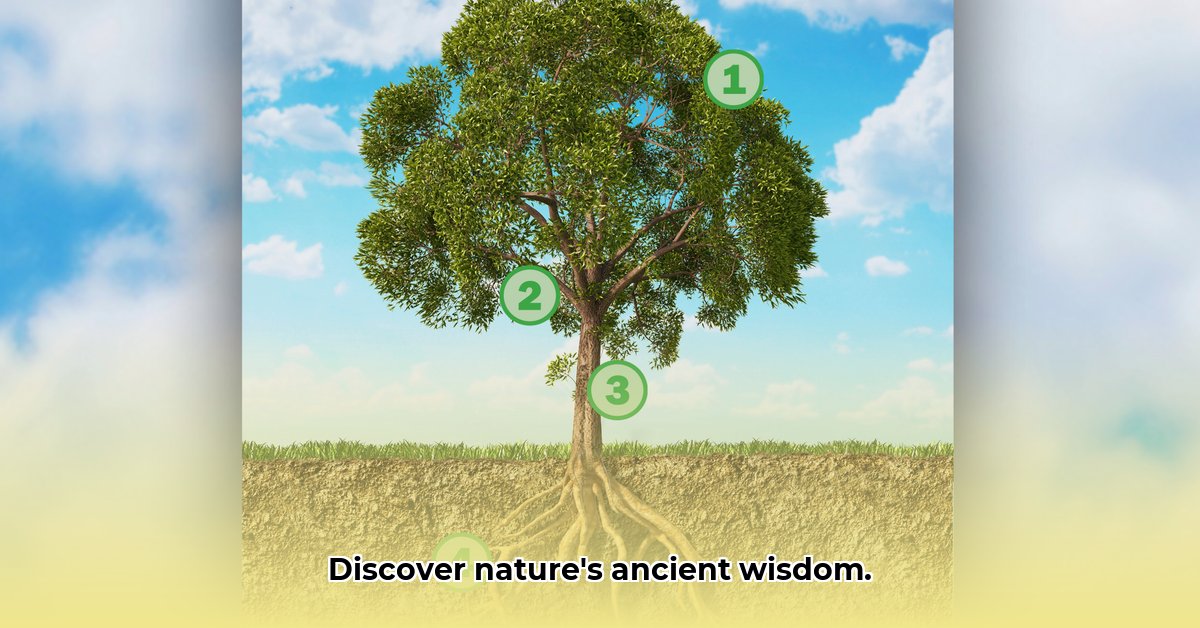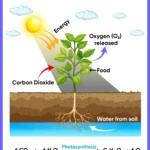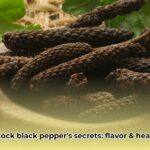Deciphering the Whispers of Trees: An Introduction to Dendrology
Trees, the silent giants of our world, hold within their rings and branches a wealth of knowledge crucial to understanding our planet’s past, present, and future. Learn more about natural systems here. Dendrology, the scientific study of trees and woody plants, unlocks these secrets, delving into their intricate lives and revealing their profound impact on the environment and human society. This journey into the heart of the forest explores how trees grow, adapt, and shape our world, offering critical insights for a sustainable future.
Dendrology transcends mere species identification; it encompasses the complex interplay between trees and their environment, from the microscopic level of cellular structure to the macroscopic scale of global ecosystems. Each annual growth ring acts as a time capsule, recording the environmental conditions of the year it formed. Wide rings often indicate favorable growing conditions, while narrow rings can signify drought, disease, or other stresses. Deciphering these coded messages allows scientists to reconstruct past climates, providing valuable context for understanding current and future climate change.
Key Takeaways:
- Climate History Preserved: Tree rings offer a unique archive of past climate conditions, helping scientists understand long-term climate patterns and predict future trends.
- Sustainable Forestry Practices: Dendrology informs sustainable forest management practices, ensuring the health and longevity of these vital ecosystems.
- Enhancing Urban Environments: Dendrological principles guide urban planning and green initiatives, leading to healthier and more resilient cities.
Dendrochronology, the study of tree rings, provides a remarkably precise window into the past. Dr. Valerie Trouet, a dendrochronologist at the University of Arizona’s Laboratory of Tree-Ring Research, emphasizes the power of this field: “It allows us to travel back in time and reconstruct past climates with remarkable precision.” This historical perspective is essential for understanding the long-term trends and variability of Earth’s climate system, providing a baseline against which to measure the impacts of human activity.
Applying Dendrochronology:
- Extract and Analyze: Carefully extract core samples from living trees without harming them, and analyze the ring patterns to reconstruct past climate conditions.
- Model Climate Change: Integrate tree-ring data into sophisticated climate models to predict future气候 scenarios and assess potential impacts.
- Inform Sustainable Practices: Apply dendrochronological insights to develop more effective strategies for sustainable forest management and urban forestry.
Modern dendrology extends beyond tree rings, employing cutting-edge technologies like LiDAR (Light Detection and Ranging) and satellite imagery to monitor entire forests. These tools provide a comprehensive view of forest health, track deforestation rates, and assess the impact of climate change on a large scale.
Dendrology in Action: From Forests to Cities
Dendrology plays a vital role in understanding the intricate dynamics of both natural and urban ecosystems. By analyzing the genetic diversity within tree populations, scientists identify species with enhanced resilience to diseases, pests, and environmental stresses. This knowledge is paramount for developing effective conservation strategies that ensure the long-term health and stability of our forests.
Genetic Insights for Conservation:
- Identify Resilient Species: Genetic analysis helps pinpoint tree species with greater tolerance to environmental stressors, informing conservation efforts.
- Develop Breeding Programs: Dendrologists can develop breeding programs to enhance desirable traits in trees, such as disease resistance and drought tolerance.
- Preserve Genetic Diversity: Maintaining genetic diversity within tree populations is crucial for their long-term adaptability and survival.
In urban environments, dendrology guides the selection and management of trees to maximize their benefits. Factors such as soil conditions, pollution levels, and available sunlight influence a tree’s ability to thrive in a city setting. By carefully choosing appropriate species, urban planners create greener, healthier cities. Trees in urban spaces provide shade, improve air quality, reduce noise pollution, and contribute to the overall well-being of city dwellers.
Dr. Greg McPherson, a research forester with the U.S. Forest Service, highlights the importance of urban trees: “They provide a range of benefits, from improving air quality to reducing the urban heat island effect.” Urban forestry, guided by dendrological principles, is essential for creating sustainable and resilient cities.
Optimizing Urban Forests:
- Comprehensive Site Assessment: Evaluate urban environments considering factors such as soil type, sunlight exposure, pollution levels, and available space to determine suitable tree species.
- Species Selection: Choose tree species well-adapted to the specific urban environment and offering desired benefits like shade, air purification, or aesthetic appeal.
- Long-Term Management: Develop and implement comprehensive maintenance plans, including pruning, fertilization, pest control, and monitoring for diseases, to ensure the health and longevity of urban trees.
The Future of Dendrology: Innovation and Interdisciplinary Collaboration
The future of dendrology is brimming with potential, driven by technological advancements and interdisciplinary collaborations. Techniques like quantitative wood anatomy (QWA) and x-ray densitometry provide increasingly detailed insights into tree growth, wood properties, and responses to environmental changes. This knowledge is crucial for refining climate models and developing more effective strategies for climate change mitigation and adaptation.
Collaboration is essential for addressing the intricate challenges facing our planet’s forests. Dendrologists, climatologists, ecologists, geneticists, and social scientists are joining forces to integrate data from diverse sources and share expertise. This interdisciplinary approach fosters a holistic understanding of the complex web of life that connects us all.
Dendrology is not merely an academic pursuit; it is a call to action. By unraveling the secrets held within trees, we gain the knowledge and tools necessary to build a more sustainable future for ourselves and generations to come. Investing in dendrological research and education is an investment in the health of our planet and the well-being of all who depend on it.
- Discover Long Black Pepper: Flavor & Health Benefits - April 25, 2025
- Shocking Twists: The Grownup Review: Unreliable Narration - April 25, 2025
- A Quiet Place Book vs Movie: A Deep Dive - April 25, 2025
















